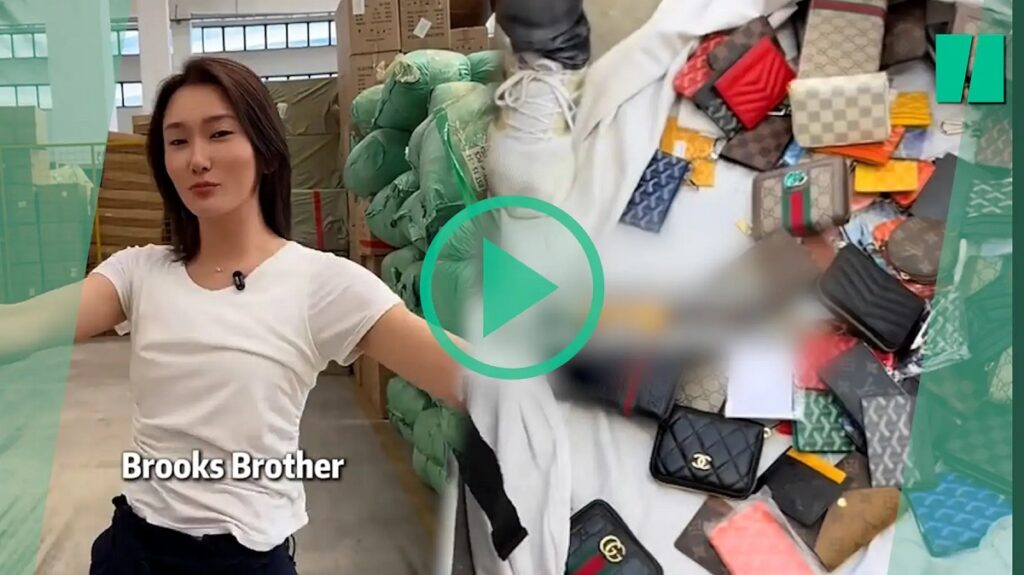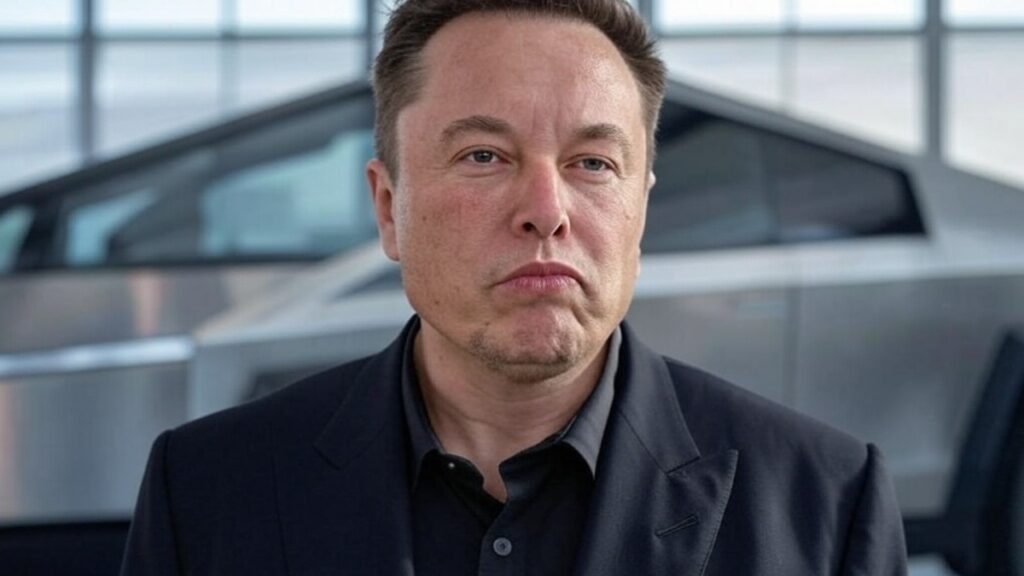Amid continuing trade frictions between the U.S. and China, a surge of Chinese influencers has emerged on social media, particularly TikTok, to challenge entrenched stereotypes about “Made in China” products. These influencers are uncovering what they describe as the “dark secrets” of luxury brands, simultaneously highlighting the unexpected quality of Chinese manufacturing. The response has been astounding, generating millions of views and igniting discussions about the origins of products that are often taken for granted.
Social Media Insights: Reevaluating ‘Made in China’
The perception that products from China are synonymous with poor quality has been a long-standing belief, particularly in Western markets. This stereotype has been perpetuated by various narratives, especially in the context of trade wars and political discourse. However, a new wave of influencers is flipping the script, shedding light on the actual craftsmanship behind premium luxury items.
One notable influencer on TikTok, named Lily, sparked intrigue when she claimed, “80% of your Adidas and Nike shoes are produced in China and cost just $15 to make.” She argues that it’s the brand that artificially inflates prices once products reach markets in the U.S. or Europe. In her view, these companies essentially charge consumers five to fifteen times more than what it costs to produce the items, stirring a debate about the real worth of some of the globe’s most esteemed brands.
The Strength of Chinese Manufacturing
As these revelations gain traction, more influencers are sharing their insights into the realities of China’s manufacturing prowess. Another influencer, Daniel, shared that a friend who works in a Louis Vuitton factory informed him that similar quality products could be produced for as little as $50. “There’s nothing a Chinese factory can’t make!” he boldly declares.
These videos are clearly resonating with audiences, leading many who were once skeptical of Chinese products to question the premium prices they pay. One TikTok user succinctly remarked, “I always knew we were paying for the brand, but I didn’t realize the quality didn’t justify the price!”
The Surge of Counterfeits and Direct Sourcing
While many of these videos aim to unveil the “brainwashing” that occurs when consumers purchase branded items, a more troubling aspect arises from some influencers who promote counterfeit alternatives. Platforms like DH Gate—a well-known hub for replicas—often come up, albeit with mixed reviews about their reliability.
As demand for direct access to Chinese manufacturing increases, some influencers are capitalising on this trend by directing followers to their websites or providing ordering services through platforms like WhatsApp. This burgeoning niche offers consumers pathways to import goods straight from factories, skirting the traditional roles of brands and middlemen.
A Change in Perspective: Anti-American or Pro-Chinese?
While some individuals may interpret these viral videos as a systematic effort to counter American views on Chinese products, others view them as a natural reaction to perceived injustice, highlighting the disparity of inflated prices resulting from corporate practice. Regardless of whether this movement is orchestrated or spontaneous, the growing pro-Chinese sentiment on TikTok is becoming more prominent, especially as trade conflicts and economic tensions loom large on the global stage.
For many viewers, these insights serve as an awakening, revealing that the global supply chain is intricately interconnected. The products we buy in the West might originate from the same factories and materials that yield the luxury items we pay exorbitant sums for, challenging conventional notions of prestige.
A Demand for Enhanced Transparency
Ultimately, these discussions are catalysing a broader dialogue on global manufacturing practices, corporate accountability, and the pressing need for enhanced transparency in evaluating the value of the products we purchase. As we progress, it is evident that the narrative around “Made in China” will continue to evolve, shaped not only by geopolitics but also by the voices of consumers and influencers advocating for more knowledge and better standards.
What’s your take on these revelations? Have you ever pondered the actual worth behind the price tags of luxury items? Share your reflections in the comments below and let us know how you perceive the changing global marketplace right before our eyes.







